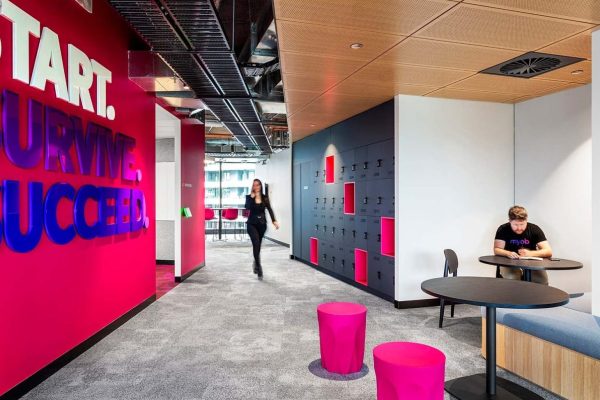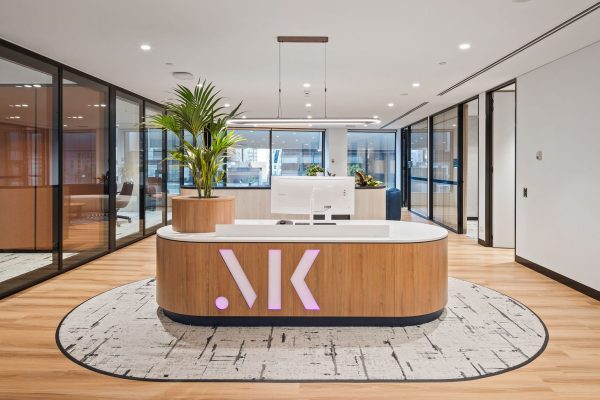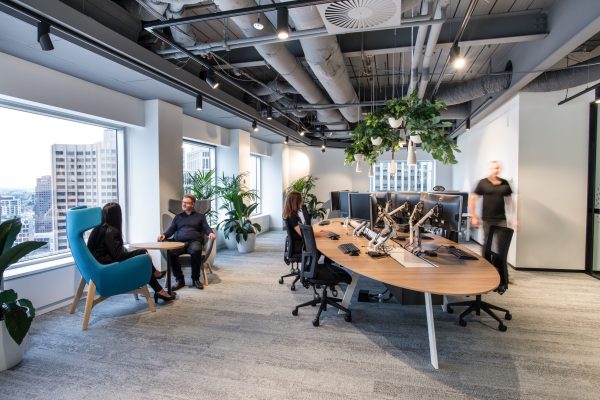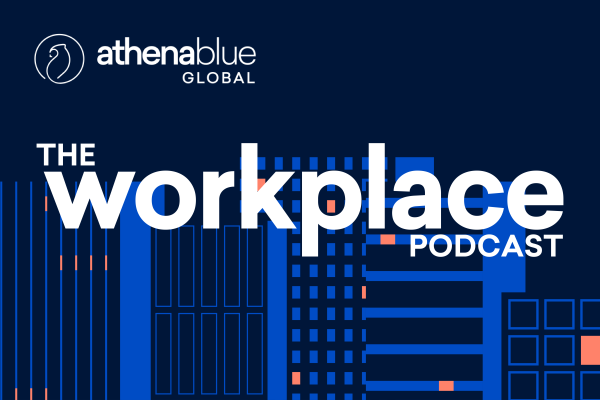These professionals have a detailed knowledge of the local property market, can help minimise property costs and are experienced at negotiating with landlords. However, before engaging a tenant advisory service, a business should give careful thought to exactly what they need their new space to achieve – a tenant advisor can only work with the brief they are given.
More often than not, facility managers focus predominantly on the current spatial arrangement, and the tenant advisory service are told to find and create a replica of their current workspace.
By doing this, managers are missing a golden opportunity. A company relocation is a chance to rethink how their space enables them to achieve objectives across a whole range of metrics. When a workspace is configured in line with company goals it can become much more than a functional setting, but a real asset in terms of the company’s success. A well thought through office design can help:
- Promote a positive culture
- Enhance the brand
- Support workflow and processes
- Enable business flexibility
- Improve cost-efficiency
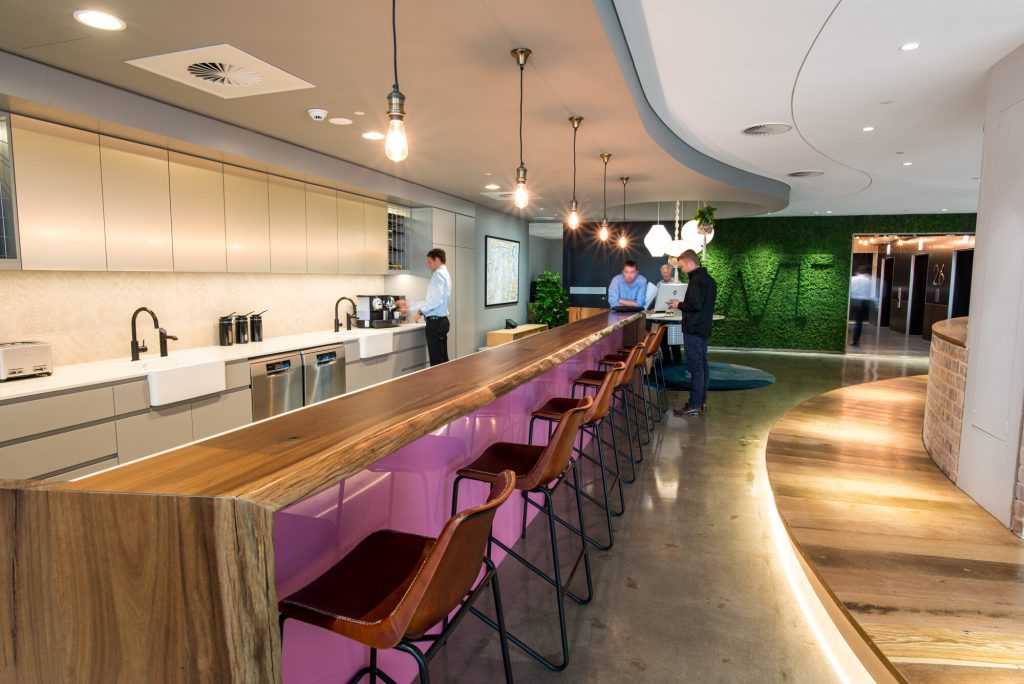
In order to achieve this, a workplace strategist should be engaged during the early stages of the conversation to help design the brief for the new space.
Let’s take an example. A tech start-up based in the industrial district of Sydney is in need of space to accommodate their rapidly expanding team. Given just the number of square meters needed and a rough idea of budget, a tenant advisor might suggest taking space in a similar area out of town.
But does this really align with their other objectives? A major factor in their success in the coming years will be their ability to win the war for the most exciting talent. The question the company should really be asking (and that a workplace strategist will ask) is this: What does an ideal workspace look like for this individual?
This question should lead them to consider more ‘human’ factors, such as the kind of work their employees will do and the environments needed to facilitate this; the type of technologies they might need access to; the layout of the room and the organisation of the work flow. They may also consider whether a location closer to the city centre will be a more attractive proposition for potential staff, and have a positive effect on brand perception.
Considering these factors alongside those of size and cost can result in the company drawing up a far more detailed brief for their relocation, and one that is more likely to bring about success long-term.
Working with a workplace strategy team during the initial, decision-making process offers four main advantages:
- It minimises project costs by aligning stakeholders at an early stage.
- Tenant advisors can be faster, more focused and more efficient in their property search.
- Due diligence on a building can be more robust. For example, potentially costly upgrades to the HVAC system can be identified.
- Detailed information about the building gives the business a significant advantage during the negotiation period with the landlord.
In summary, treat your relocation or reconfiguration conversations as a chance to really align your workspace with your brand values and business objectives. The number of square meters and the cost per month are just two of several factors that should be considered. By thinking through a clear workplace strategy, you will help your tenant advisor to be effective and efficient in finding a space that will provide the closest match to your objectives, and help bring about long-term success.


